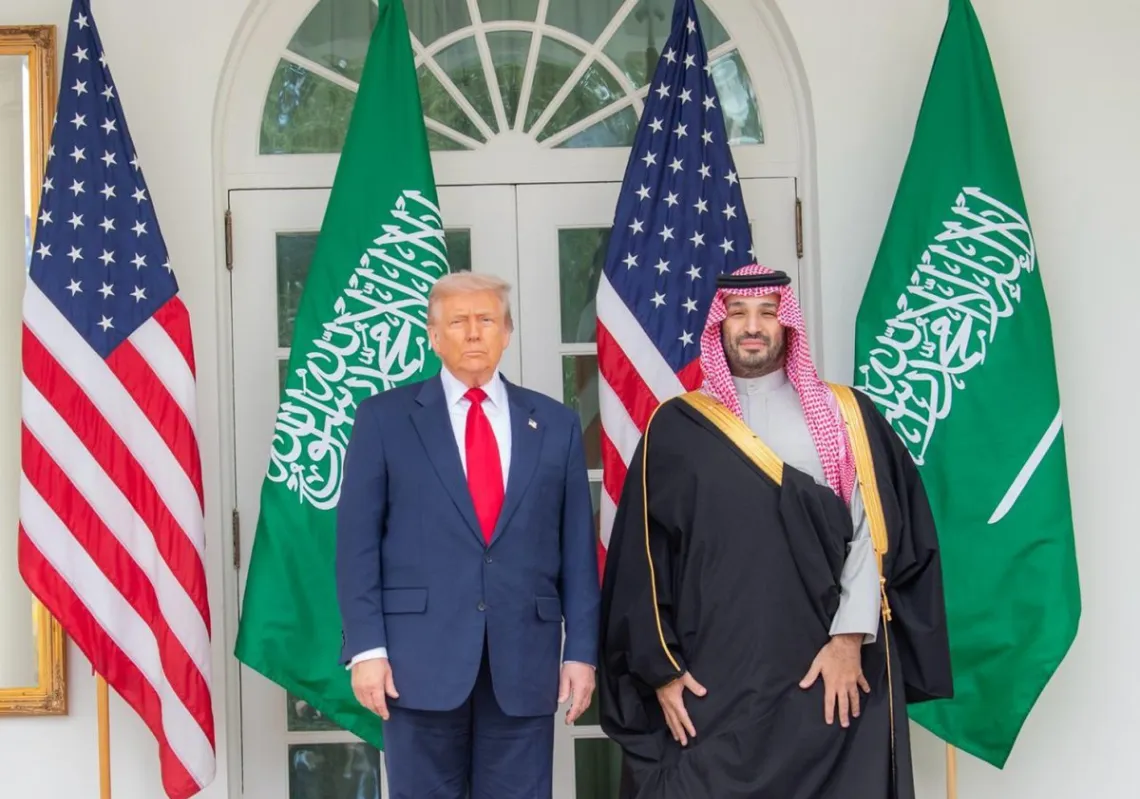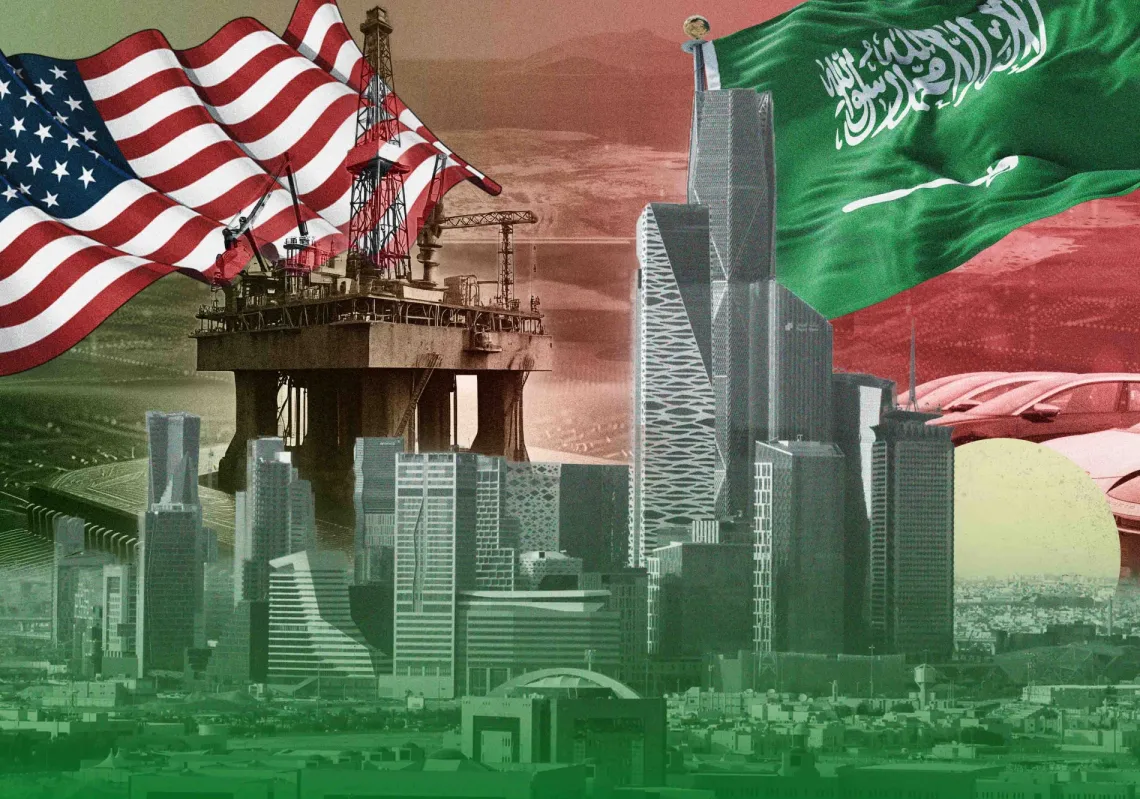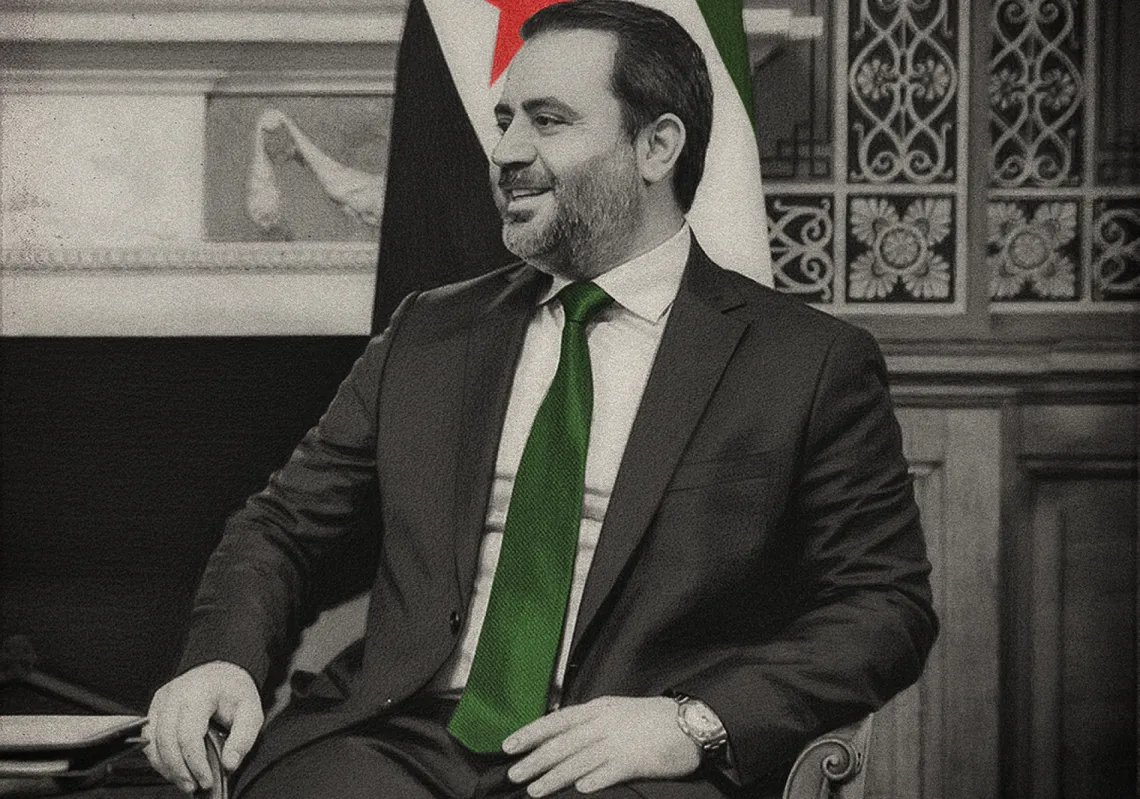In early May, Russia announced it would be drawing down its forces near Ukraine after carrying out a large-scale military exercise. The event had caused deep concern in Ukraine as it looked like a sign of coming massive Russian invasion. It drew in European and American leadership who called on Russia to withdraw the forces. At the end of April Russia’s Ministry of Defense explained that this was a military exercise, which it had completed successfully and was preparing to wrap up. But Moscow’s saber-rattling in Europe’s eastern neighborhood is far from over. In September 2021 Russia will carry out its massive military exercises called “Zapad 2021”. “Zapad” is a long-standing Russian strategic and military exercise that has been taking place since 1977. This time the exercises will be jointly organized with Belarus and will take place in Belarus with the latter’s troubled authoritarian leader Lukashenko’s blessing. While the military exercise itself is not a surprise, its location and timing are highly significant and tell an important story about the future of Russia-West relations.
Bringing Belarus closer into Moscow’s orbit
While Minsk has held a generally pro-Russian geopolitical orientation since the 90s, there are several areas where Russia had not yet fully succeeded with Belarus. In 1999 the two sides signed a Treaty on the Creation of a Union State of Russia and Belarus. As Arseny Sivitsky has explained, ”This Union is largely symbolic. Based on the principle of equality between the Russian Federation and the Republic of Belarus, it has yet to be realized due to conflicting intentions. However, unlike other post-Soviet states, Belarus would renounce its Euro-Atlantic aspirations and proclaim integration with Russia its main foreign policy priority. In addition, Belarus would provide Russia with security from the West as the European Union and the North Atlantic Treaty Organization expanded Eastward. In return, Moscow would guarantee preferential energy supplies, privileged access of Belarusian goods to the Russian market, and financial resources. Thus, the deal was an exchange of Russian economic assistance, so-called integration subsidies, for Belarus’ geopolitical loyalty.”
Russia’s invasion of Ukraine in 2014 changed the geopolitical calculus of each - Moscow and Minsk – in different ways. While Moscow now controls the Crimean Peninsula and the separatist region of Donbas, Russia has essentially lost its longstanding special relationship with Ukraine which kept the country firmly in the Russian orbit. Ukraine’s chances of joining NATO and the EU may still be slim, but it has become a much closer ally to the two western organizations in view of continued Russian aggression. Minsk has refused to support Russia’s actions in Ukraine and has seen it as a cautionary tale. Since 2015 Moscow has worked tirelessly to push Belarus into a more tangible Union State where Belarus would become asymmetrically dependent on Russia in terms of its economics, politics, and security. This would help ensure Belarus’s permanent place in Russia’s orbit and thus keep it as a significant bastion against NATO and EU expansion closer to Russia’s borders. Of particular importance to Russia is the idea of establishing a strong military presence in Belarus – a way to “deter” NATO’s enhanced eastward presence in the Baltic Sea region.

However, President Lukashenko has chosen to keep his country relatively autonomous by not supporting Moscow’s Union State ultimatum. But in May 2020, exactly a year ago, Lukashenko’s standing in Belarus became rather precarious. The president was seeking his sixth term in office in an election that became widely considered as unfree and unfair. Mass protests broke out against Lukashenko, seeking to overthrow the leader and install Svitlana Tsikhanuskaya, his main opposition candidate, as the new president. Lukashenko has refused to step down despite nationwide strikes and mass protests. Instead, he has used violent force to disperse the protests, arresting them by the thousands. In September he held a private inauguration ceremony taking the office for another five years. With the support of US and EU governments Tsikhanuskaya formed a government in exile and her supporters continue to protest against Lukashenko. As of this writing, the series of unrests continue, and Lukashenko’s regime is far from stable.
Now that he has accused the US and the EU of plotting his overthrow and attempting to take over Belarus, Lukashenko desperately needs Moscow’s support – Putin is one of his very few remaining allies. This situation has presented President Putin with plenty of leverage over Lukashenko, and the military integration with Belarus now seems to be well underway. Russia and Belarus already plan to deploy joint SIGINT and ELINT posts (intelligence-gathering posts) on Belarussian border with Poland, Lithuania, Latvia and Ukraine. Lukashenko has also spoken about forming a joint air force with Russia. Moscow is now actively setting up the infrastructure needed in Belarus to successfully carry out the Zapad exercises in September.
Some experts believe that all of this means that the Zapad 2021 exercises are likely to “support Putin’s efforts to establish a continuous Russian military presence in Belarus, especially in aviation, special forces, electronic warfare, SIGINT, ELINT, missiles.” If this is indeed the case, Moscow will have to keep supporting and even propping up the Lukashenko regime to guarantee long-term stability of its military and geopolitical strategy in Belarus. Should Ms. Tsikhanuskaya’s supporters succeed in overthrowing Lukashenko, her administration may not fully alienate Russia but she is unlikely to uphold the recent deals and concessions made by the troubled authoritarian leader during his desperate struggle to hold on to power.
Saber-rattling near the Baltics – a message for NATO
Since Russia began its military aggression in Ukraine in 2014, many have speculated that the Baltic states are the next natural target for Moscow’s military adventures. However, Estonia, Latvia, and Lithuania as well as Poland are members of both, NATO and the EU. Moscow will not go to war with NATO – it’s a battle Russia could never win. But Mr. Putin fully understands the anxiety Moscow can cause among NATO’s post-communist members by making mere innuendos about potential military confrontation. This, in turn, makes NATO’s western members question their own commitment to the Article V, and causes regular debates within the organization about its identity and long-term mission.
Moscow, in turn, continues to see NATO as an adversary and speaks of it in terms of deterrence. Although NATO leadership keeps insisting that the organization is no threat to Russia, that is a narrative Moscow is unwilling to take up – after all, deterrence against NATO is what Moscow has used to justify its military adventures in the Black Sea and Baltic Sea regions for decades now.
Thus, leading up to the Zapad 2021 exercises and in hopes of keeping NATO’s Baltic members on their toes, Moscow is making use of its Kaliningrad exclave. According to recent reports Russia has created a new motorized rifle division in Kaliningrad. “The 18th division will be ready for action by this autumn, and its three motorized rifle regiments and one tank regiment will be re-equipped. The reinforcement of the Russian grouping in the Kaliningrad Region is ahead of schedule. According to earlier plans, the process it was supposed to be completed in the exclave by the end of 2021.” Russian news agency TASS also added that “Experts say the creation of a fully equipped division in the region is an effective response to NATO’s maneuvers near Russia’s borders.” TASS has also reported that Russian Baltic Fleet will carry out seven long-distance missions this year in preparation for the Zapad exercises. The Russian Baltic Fleet will visit Tartus (Syria), Limassol (Cyprus), Port Sudan (Sudan) and Muskat (Oman). The Fleet’s Commander Admiral Alexander Nosatov has also announced that the Baltic Fleet has 34 drills planned in 2021, and "The Russian-Belarusian exercise Zapad-2021, which will involve the Baltic Fleet, is going to be the focus of the summer training season and a major exercise."
At the moment, the biggest question among Russia watchers is whether or not all this military activity around the Black Sea and the Baltic Sea regions is a sign of a coming military confrontation between Russia and one or more of its neighbors. So far Moscow’s activities look more like saber-rattling and showing of force to NATO, the US, and the EU. Afterall, there are major shifts expected in the post-Trump US and NATO foreign policy posturing, and Moscow must work hard to make sure its strategic gains over the past few years are protected.








